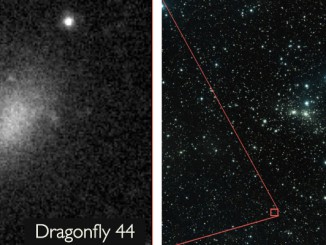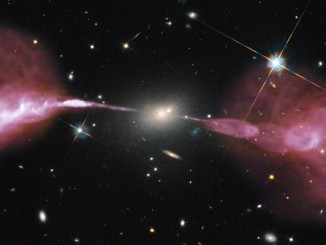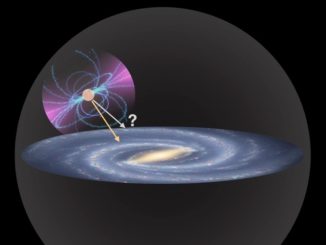
Dark matter cannot be seen directly but the mysterious substance is thought to make up about 84 percent of the matter in the universe. Yozin says the paper demonstrates for the first time that some galaxies that have fallen into the cluster could plausibly have as much as 100 times more dark matter than visible matter.
Yozin, who is based at The University of Western Australia, says the galaxies he studied in the Coma Cluster are about the same size as our own Milky Way but contain only one percent of the stars.
He says the galaxies appear to have stopped making new stars when they first fell into the cluster between seven and ten billion years ago and have been dead ever since, leading astrophysicists to label them “failed” galaxies. This end to star formation is known as ‘quenching’.
“Falling into a cluster is one way in which this can happen. The immense gravitational force of the cluster pulls in the galaxy, but its gas is pushed out and essentially stolen by hot gas in the cluster itself.
“For the first time, my simulations have demonstrated that these galaxies could have been quenched by the cluster as early as seven billion years ago.
“They have however avoided being ripped apart completely in this environment because they fell in with enough dark matter to protect their visible matter.”
This research was motivated by the recent observational discovery of these galaxies by an American and Canadian team led Professor Pieter van Dokkum of Yale University. Using the data the North American team published last year, Yozin was able to create computer simulations to model how the galaxies evolved into what we can see today.



